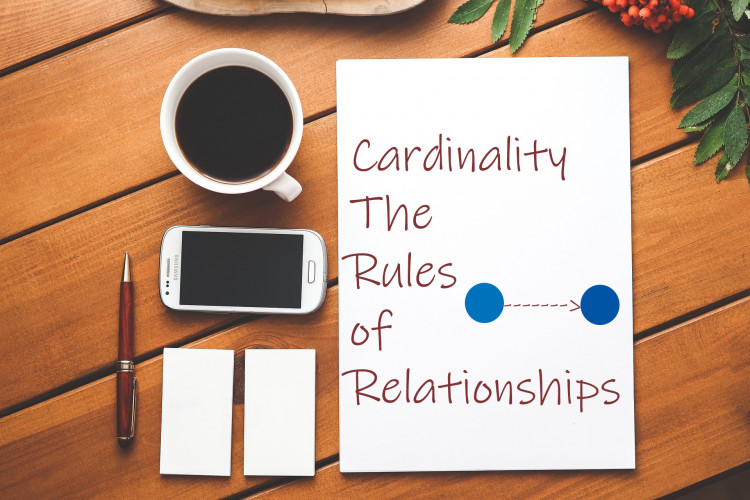Are you tired of the same old love songs and rom-coms? Well, have no fear because we’re going to talk about a different kind of relationship – the one between data sets. Yes, you heard that right! In the world of databases and programming, relationships between sets of data are just as important as the ones between people. And that’s where the concept of cardinality comes in.
So, what is cardinality? Simply put, it’s the mathematical term that describes the relationships between sets of data. In other words, it’s a way to define how many elements in one set are related to the elements in another set. Let’s break it down into some fun and relatable examples highlighting types of Cardinality.
Types of Cardinality
- One-to-One Relationships: Think of a pair of shoes. Just like how one shoe fits perfectly with one foot, a one-to-one relationship describes a connection between two data sets where one element in each set is related to only one element in the other set. Another example of a one-to-one relationship is a person and their social security number. Each person has a unique SSN, and each SSN is assigned to only one person.
- One-to-Many Relationships: Now, let’s think about a group of friends going out to eat pizza. In a one-to-many relationship, one element in the first set is related to many elements in the second set. In this case, one pizza can be shared among many friends. Another example of a one-to-many relationship is a teacher and their students. One teacher can have many students, but each student is assigned to only one teacher.
- Many-to-Many Relationships: Have you ever been to a concert where a band has multiple fans? In a many-to-many relationship, multiple elements in both sets can be related to each other. In this case, a fan can follow multiple bands, and a band can have multiple fans. Another example of a many-to-many relationship is a student and their courses. A student can take multiple courses, and a course can have multiple students.
- Zero-to-One or Zero-to-Many Relationships: Let’s think about a library card. A person can have either zero or one library card, but a library card can be assigned to many books. This is an example of a zero-to-one or zero-to-many relationship. Another example is a product and its warranty. A product may or may not have a warranty, but if it does, it can have only one.
Role of cardinality in the world of programming
Cardinality is a crucial part of database design. Let's say you're designing a database for a school. You have a table for students and a table for courses. How do you link the two? You use cardinality! In this case, it's a one-to-many relationship. One student can take many courses, but each course can only be taken by one student.
In the world of programming and databases, cardinality is an essential concept that helps define how data sets are related to each other. By understanding the rules of relationships, you can create more efficient and effective data models for your applications. So, the next time you’re out with friends or listening to your favorite band, remember the concept of cardinality and how it applies to the relationships between sets of data.







